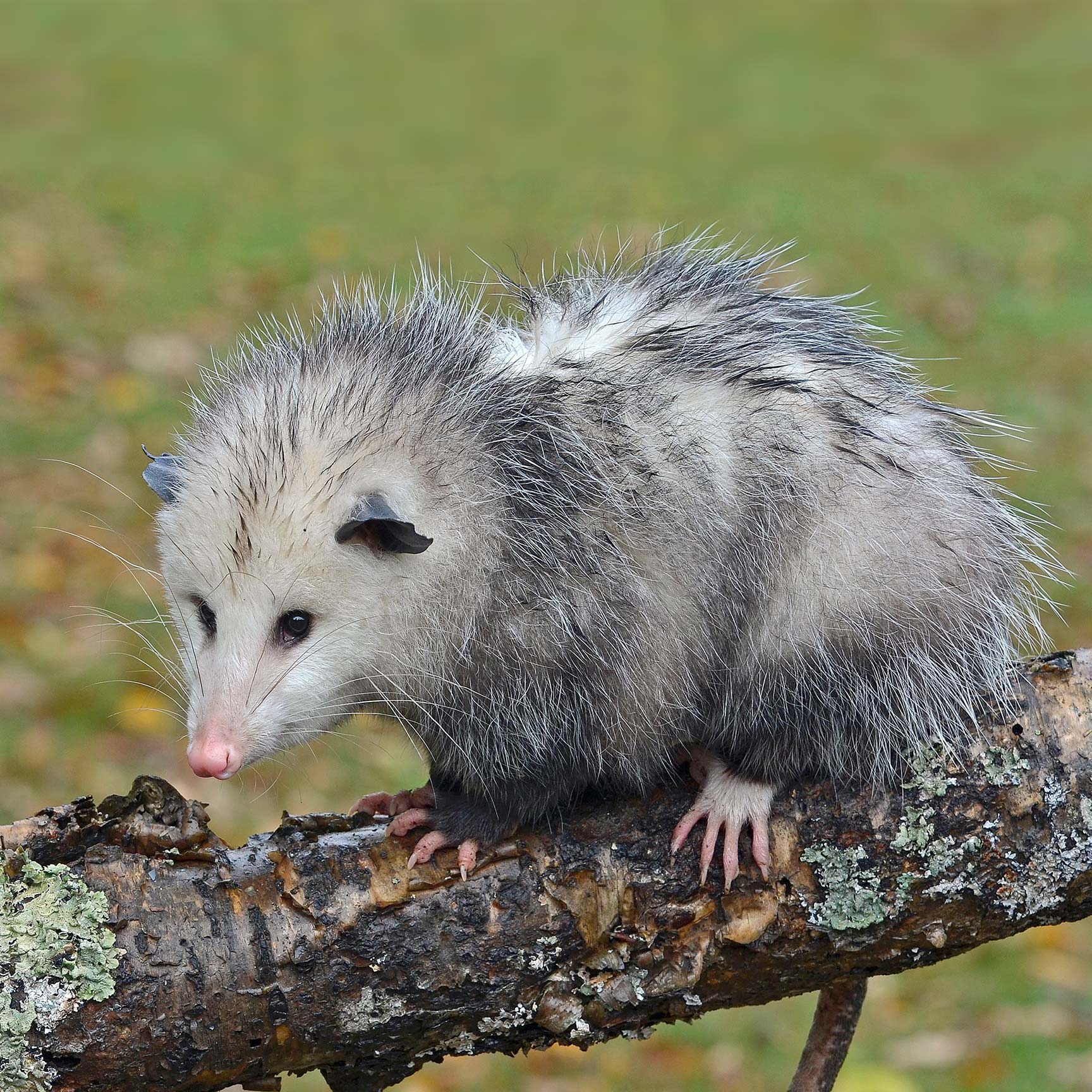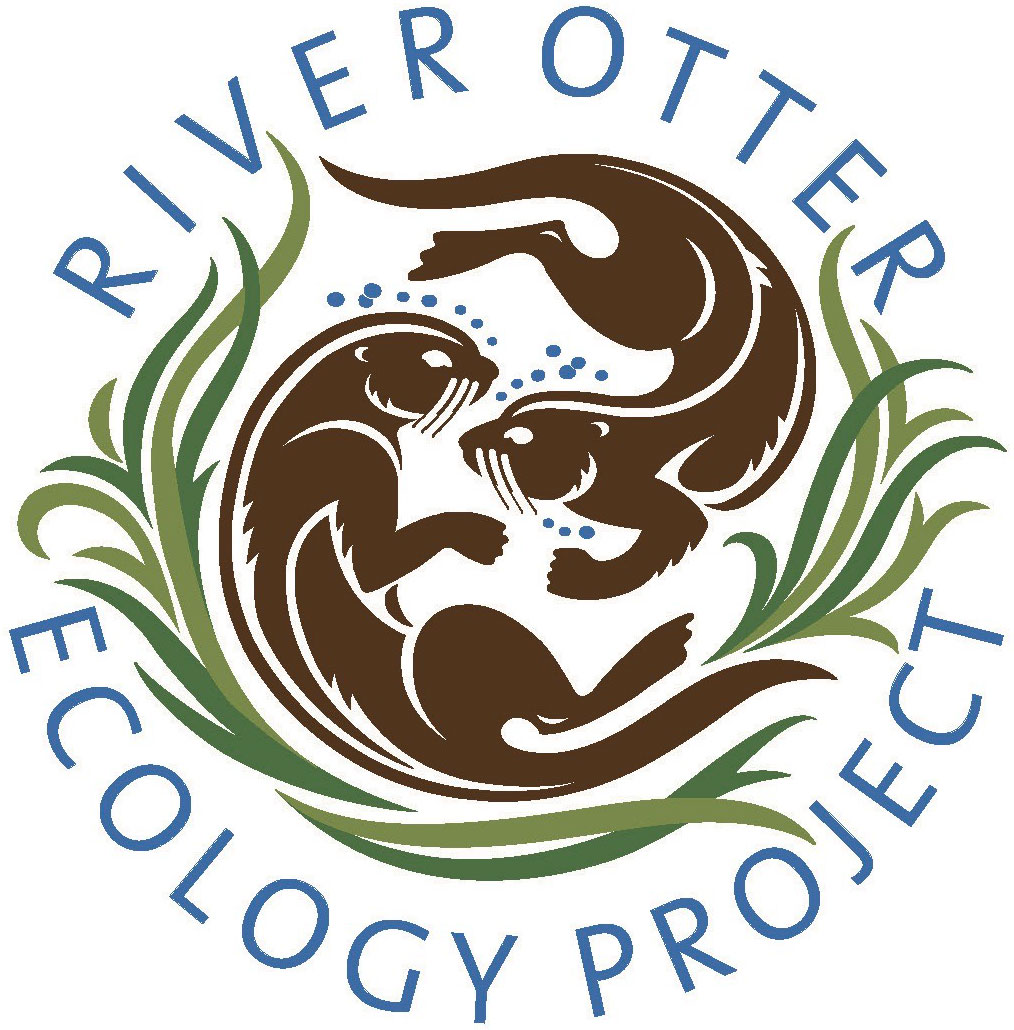Opossum

Opossums are marsupials, belonging to the same order as kangaroos, koalas, and Tasmanian devils.
Marsupials give birth to fetal-like young following an only 11-13 day long gestation period, meaning they are similar to embryos at birth. These pinkish colored infants are so tiny when born that twenty could fit into a teaspoon.
At the time of birth, an opossum mother licks the fur on her abdomen that leads to her pouch, which will serve as a moist path that her babies will follow. Immediately after birth, these tiny infants must make a challenging journey. They must climb from the birth canal up the fur on their mother’s abdomen and into her pouch, where they immediately latch onto a teat. This teat will swell to fit the infant’s mouth, allowing it to remain safely attached for the next two months.
At the age of two months, the offspring become too large to fit into their mother’s pouch and then climb on the mother’s back, where they will be carried as she forages for food.
Opossums are nocturnal animals, roaming at night, and looking for a dark, secluded place to sleep during the daylight hours.
They are scavengers, and eat anything. Since opossums are quiet, and rarely cause damage, most people are unaware they are around. Like all scavengers they sometimes prey on smaller mammals, birds or reptiles.
The River Otter Ecology Project is a registered 501 (c)(3) EIN #45-4997526 non-profit organization dedicated to the welfare of river otters and our watershed. We receive no government funding, and depend solely on financial support from our friends. Our organization is not affiliated with any other otter-related research group or community outreach organization.
© 2017 River Otter Ecology Project
Contact
River Otter Ecology Project
PO Box 103
Forest Knolls, CA 94933
[email protected]
